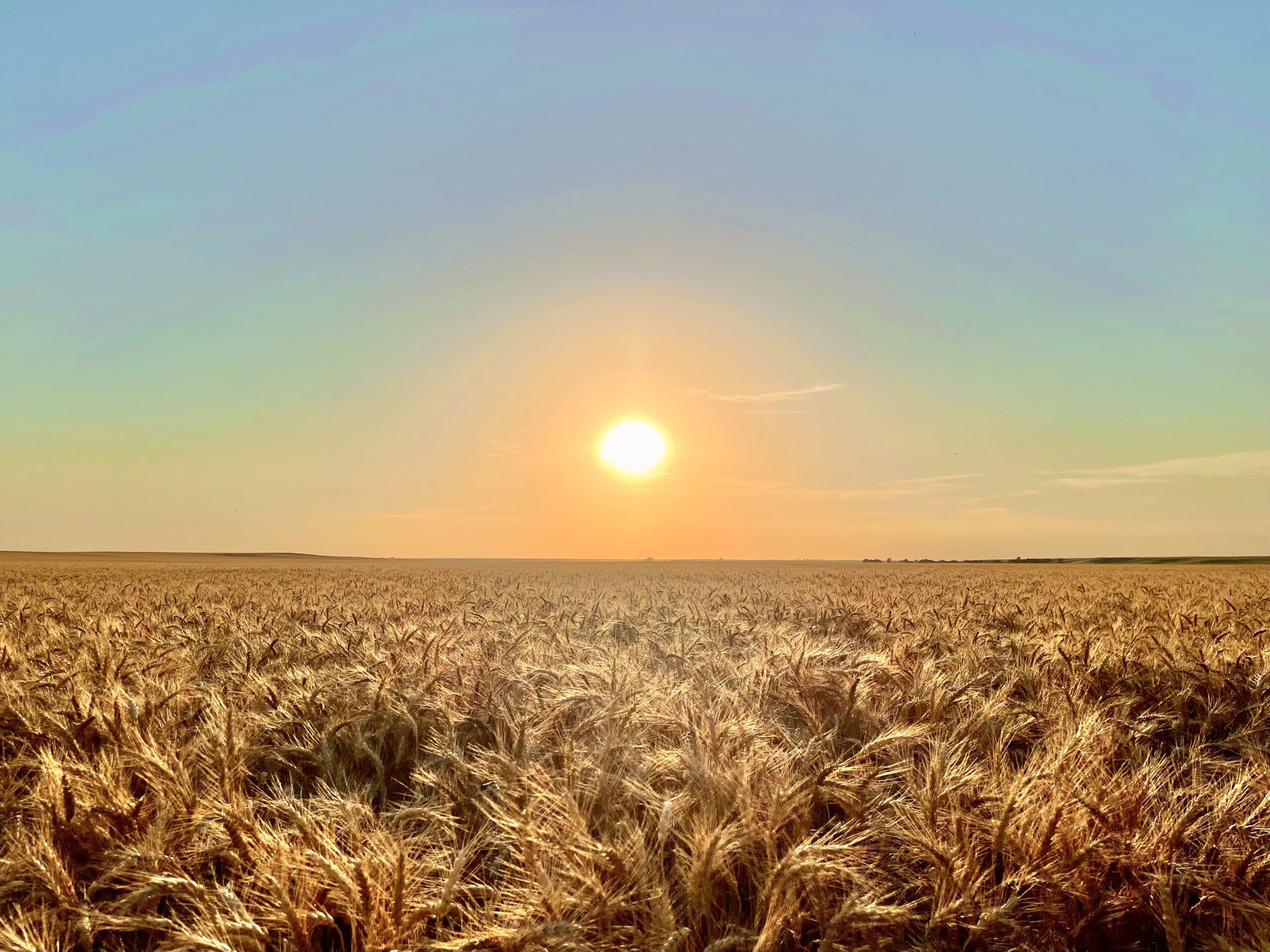
26 Jul Brian – Masked bandit mayhem
Onida, South Dakota—The crew always looks forward to moving to South Dakota, but getting there is always the hard part. It’s the longest move of the summer, and our route takes us through the desolate Sandhills of Nebraska. The beautiful scenery is filled with wild flowers, rolling hills and grasslands that seem to stretch on forever in every directions. The famous (or infamous) Oregon Trail cuts across our path as we travel north. If you know where to squint you can still see parallel ruts that scar the hillside.
Those ruts, created by hundreds of thousands of wooden wagon wheels, still tell the story of America’s pioneers as they traveled across the Heartland. As much as the crew enjoys blazing our own harvest trail, it’s still something we all dread a little. Our journey is certainly easier than our forefathers. We don’t live in fear of dying from cholera, and our wagon train likely won’t drown while crossing the river. Still, traveling through this part of Nebraska doesn’t leave many options should you have trouble along your route, and the roads are narrow with nonexistent shoulders in many places. Thoughtfully planned fuel stops are crucial. We pull off for lunch in Hyannis, population 165. The next town on the map is 67 miles away with nothing in between. As our 10-person crew passes through we temporarily increase the town’s population nearly 10%. If you’re looking to live somewhere “off the grid” where the neighbors won’t bother you, may I suggest moving here?
As we leave behind the narrow, winding roads in the Sandhills, we enter South Dakota and cross the world’s second-largest earthen dam in Pierre and finally arrive in Onida. Western Nebraska is forecast to be over 100 degrees for the next 10 days in a row, but somehow we manage to move on a day with a much cooler temperature. How the pioneers survived such hot weather without air conditioning I will never understand. And if you somehow managed to avoid heat stroke, you still had to worry about having your covered wagon and its belongings hijacked at gunpoint by a robber.
We had our own run-in with a “masked bandit” while unloading equipment. We went out in the morning to move machines to the field, but as soon we started the John Deere we heard an awful racket. We shut things off right away, but the damage was already done. A quick inspection revealed an unwanted “burglar” in the engine bay. Sure enough, a raccoon has managed to curl up by the radiator overnight, resulting in a broken fan blade. Amazingly he appears to survive with minimal injuries, but it takes some coaxing to get him down. This incident seems ridiculously unnecessary, and it does nothing but steal precious time. Thankfully the nearby dealer has a replacement fan, and after what seems like removing and installing a zillion bolts and washers we are repaired.
The wheat here looks beautiful here, and this is the first place we’ve been all summer that has a good crop. We have only harvested one field so far, but it gives us a sneak peek as to what yields will be. We expect 60 to 70 bushels per acre will be common in this area. Big fields and big bushels mean a big grain cart is needed and with our next fields needing a few more days to dry down the timing is perfect. We make a quick trip to Iowa to haul our grain cart tractor here and pick up our rented grain cart. Farmers are eager to get this big crop out, as a significant hail storm moved through last week and stole a lot of acres and bushels from both harvesters and farmers alike.
The crew has racked up a lot of miles this week, and I feel a little bit like an old-fashioned pioneer. Our lives may be separated by more than a century of time, but we still share the same trails. We both put in long, grueling days. And everyone experiences “masked bandits” from time to time. They are waiting for us just around the bend, ready to steal anything from our time and health to our wagons and wheat. But like those resilient pioneers we somehow persevere through adversity. The next few weeks promise to be very busy, so let’s just hope our “bandit” encounters are behind us for a while.
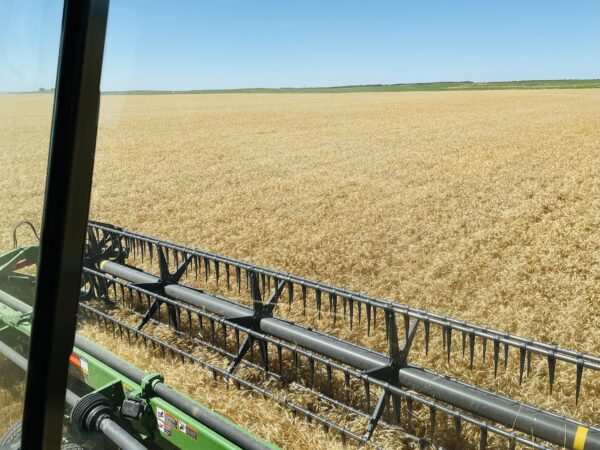
Finally…the big, flat fields of South Dakota. This is the first time we have seen nice looking wheat all year, and the yield is going to be big.
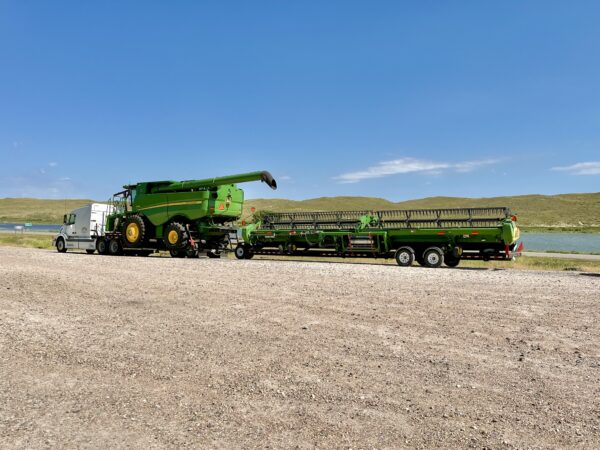
The crew stops in the Sandhills of Nebraska for fuel. Our travels take us through the nearly 6,000 square miles of Cherry County where the cattle population (166,000) outnumbers the people (6,000).

The Oregon Trail cuts across out path, and remnants of a sod house still remain here. Just over the hill you can still see the original wagon wheel ruts of the pioneers who traveled through this area.
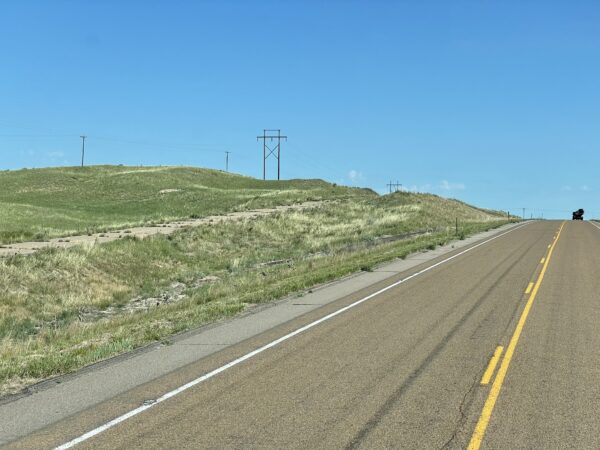
The narrow, shoulderless old highway we used to travel still sits off to the side of today’s improved roadway. Traveling through this area is much less nerve racking that it was 40 years ago.
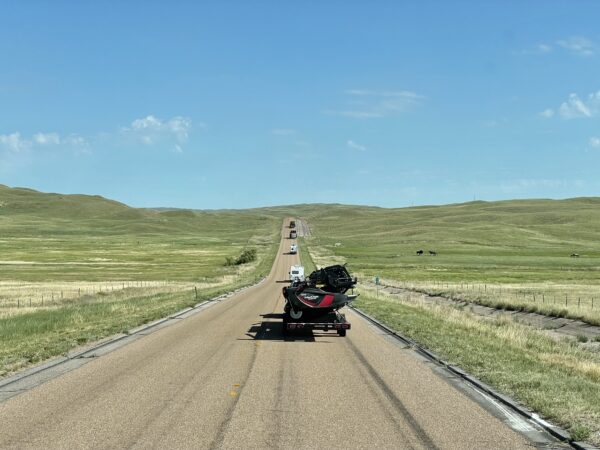
The Sandhills of Nebraska stretch on for miles with nary a structure in site. Cow pastures and very poor cellular service can be found throughout the nearly 6,000 square miles of Cherry County.
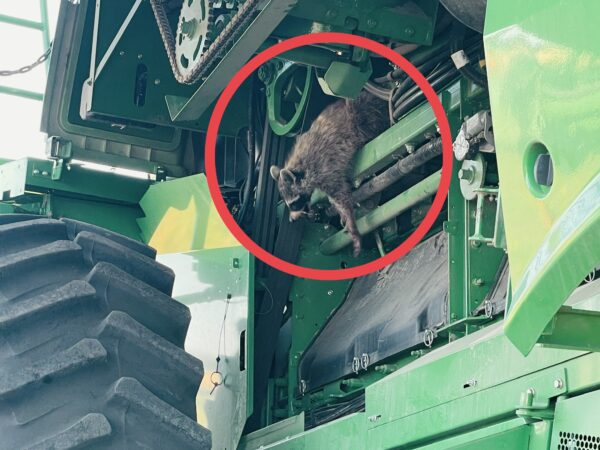

Our masked bandit finally gets coaxed from the combine, but the damage is already done. It’s a $700 repair bill we could have easily done without, but thankfully the repair takes only a few hours (and not days) to complete.

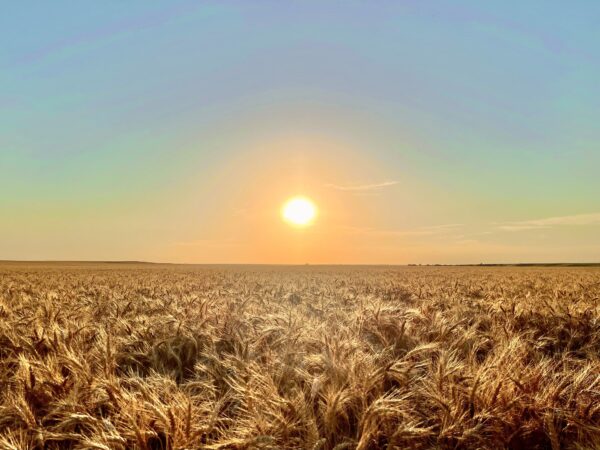
The sunsets of South Dakota never disappoint. This is my favorite place to takes photos, and it’s easy to see why.
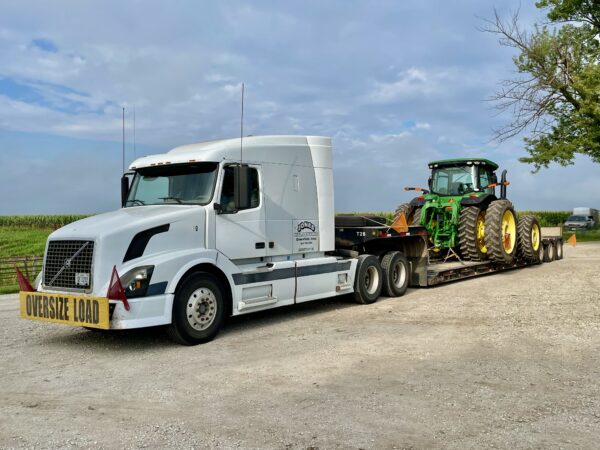

A quick trip back to Iowa for the grain cart tractor adds to this week’s long drives. It’s our first chance to see our crops back home after planting, and we catch a preview of what fall harvest could bring.

Big yields mean we will need a big grain cart to keep the combines rolling. We rent a 1400 bushel grain cart from a nearby dealer and fetch it with the truck before the tractor makes it back to South Dakota.
Brian Jones can be reached at brian@allaboardharvest.com.
All Aboard Wheat Harvest is brought to you by ITC Holdings, CASE IH, Oklahoma Baptist Homes for Children, US Custom Harvesters Inc., Unverferth Mfg. Co. Inc., Lumivia CPL by Corteva Agriscience, Kramer Seed Farms, and High Plains Journal.
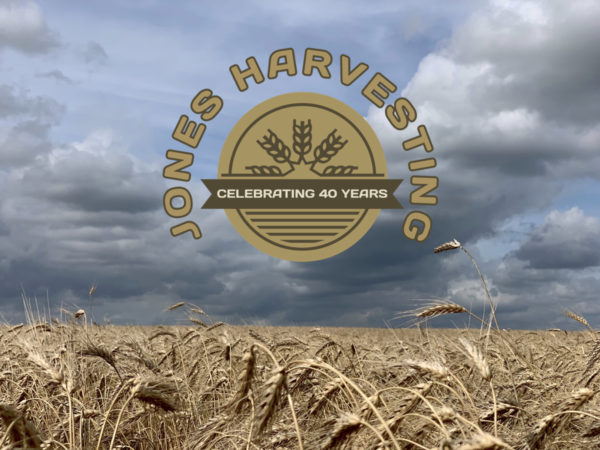

Sorry, the comment form is closed at this time.